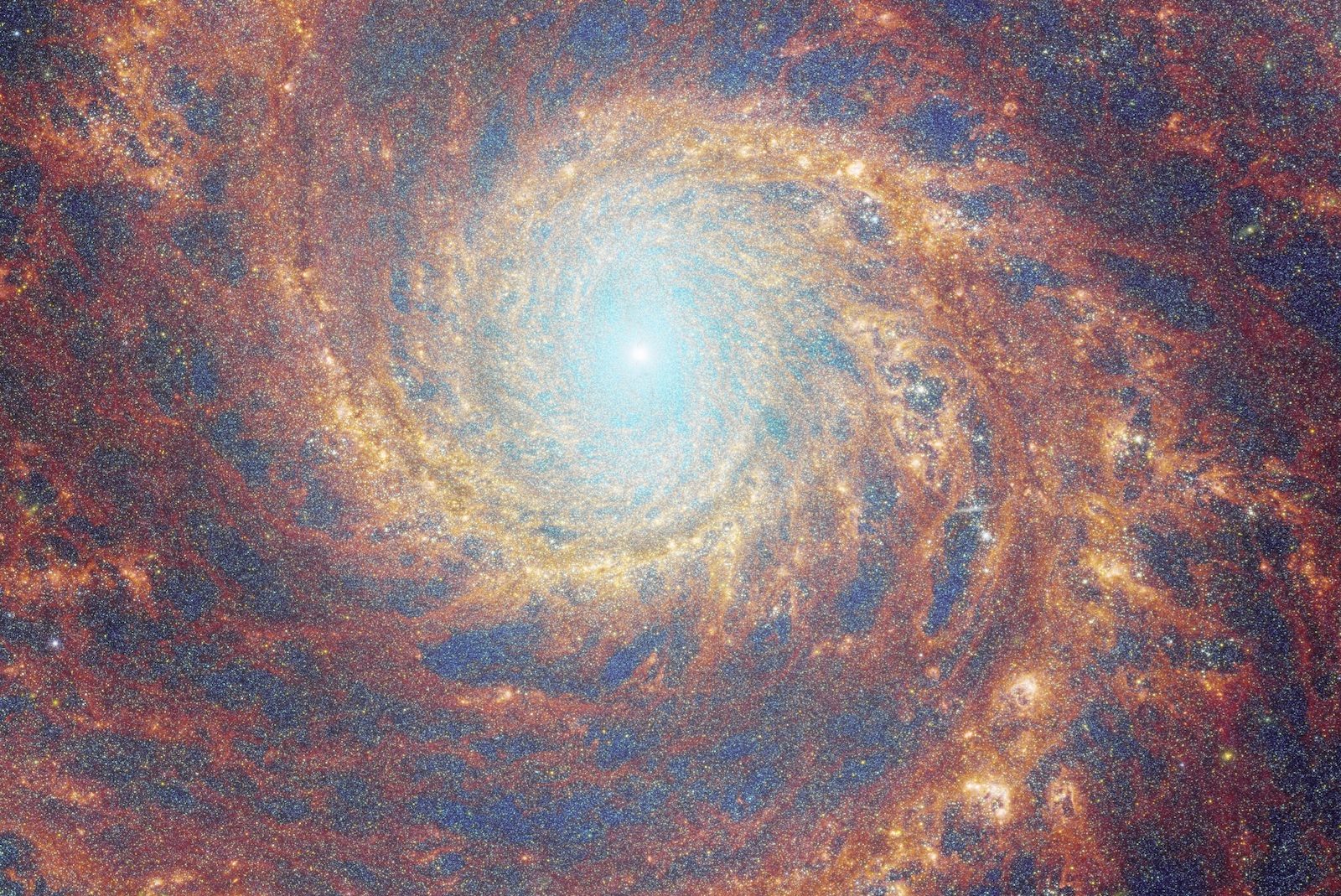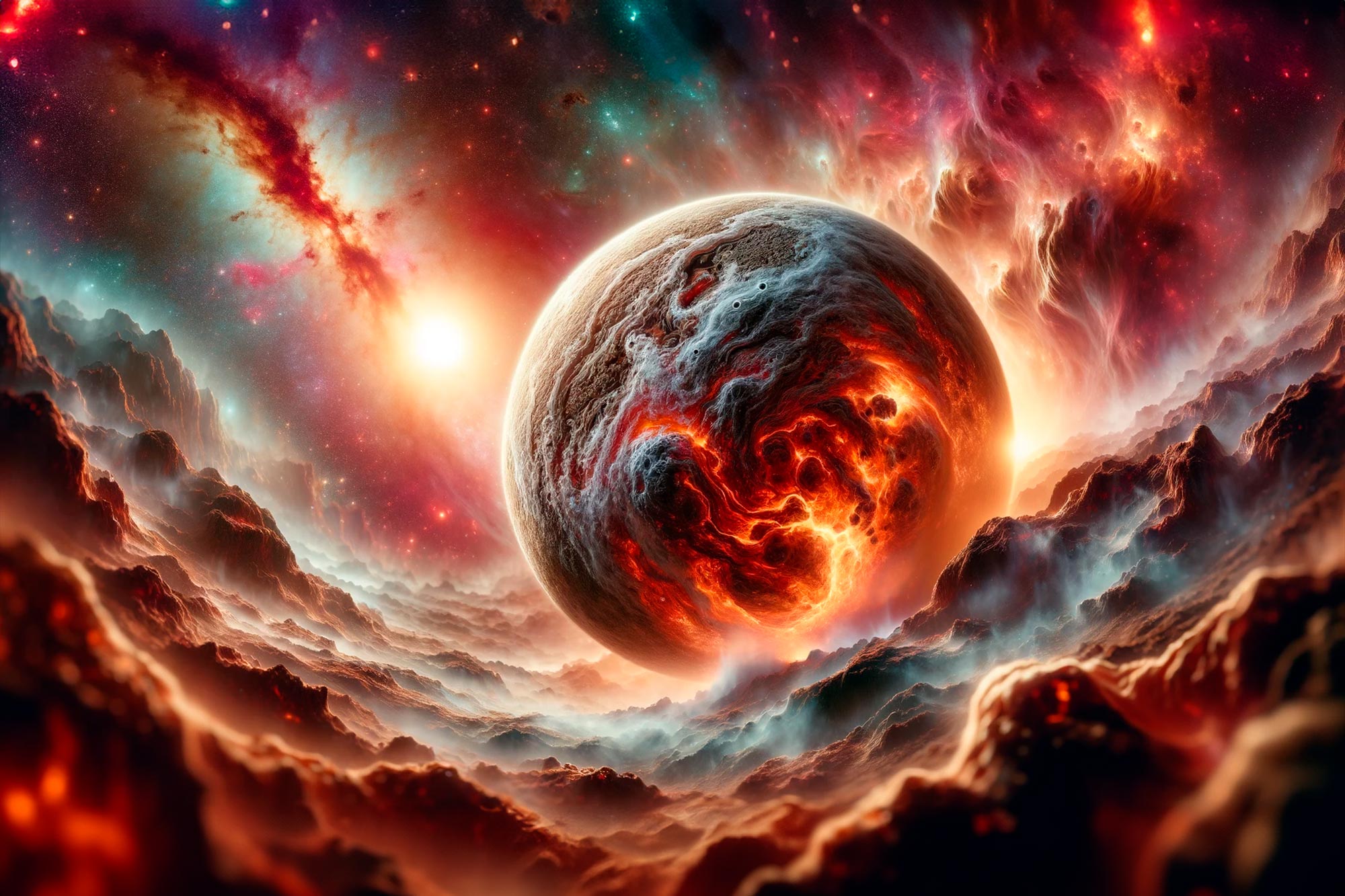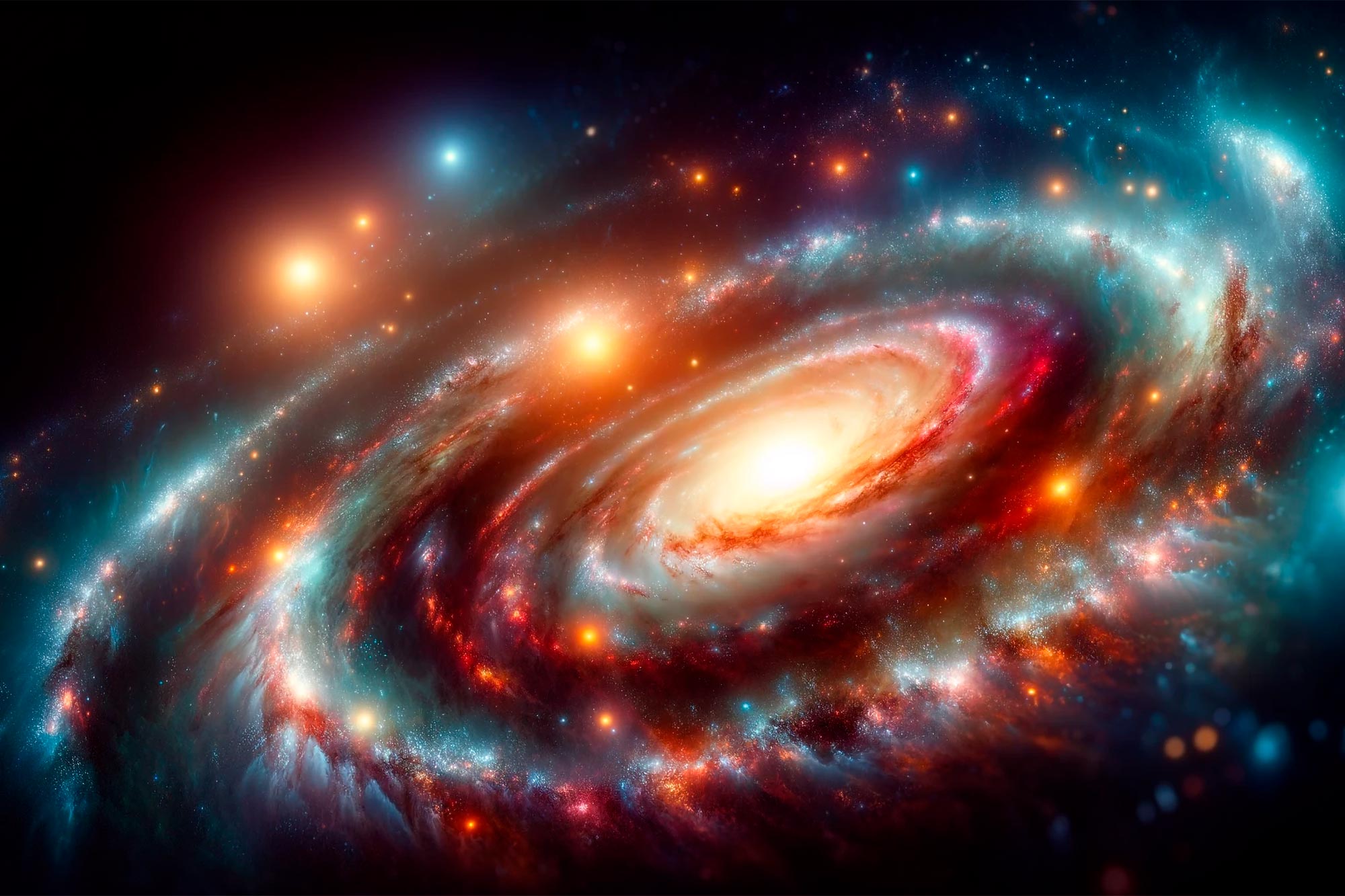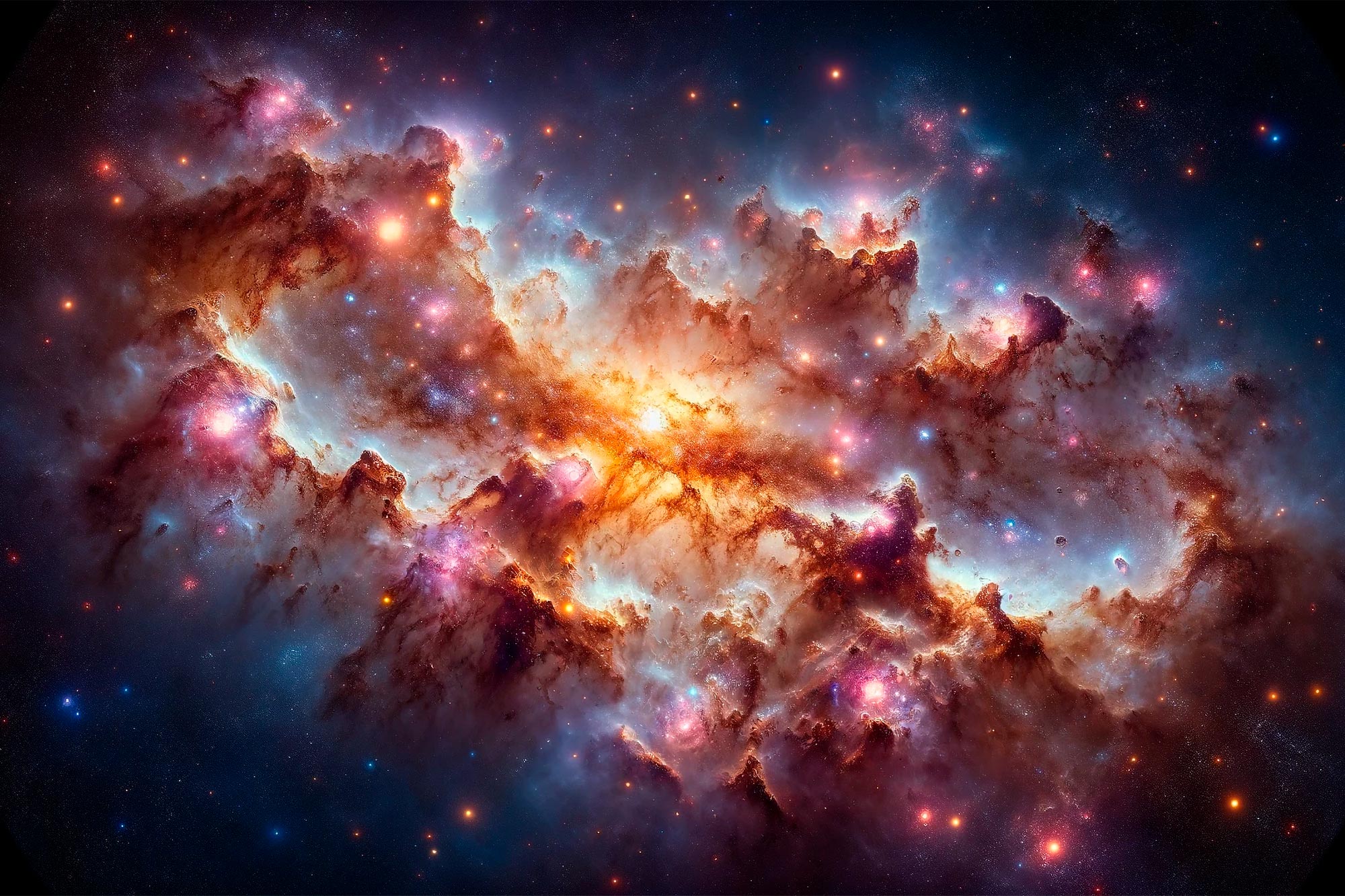What Really Caused the Birth of the Universe? Exploring Alternatives to the Big Bang Theory
Parting Ways with the Big Bang In September, an article published by Eric Lerner in Asia Times titled “Saying goodbye to the Big Bang” took the scientific world by storm. Lerner argued that vital astronomical evidence, including recent data from NASA’s James Webb Space Telescope, contradicts the Big Bang theory. This forces even previously unwavering …










